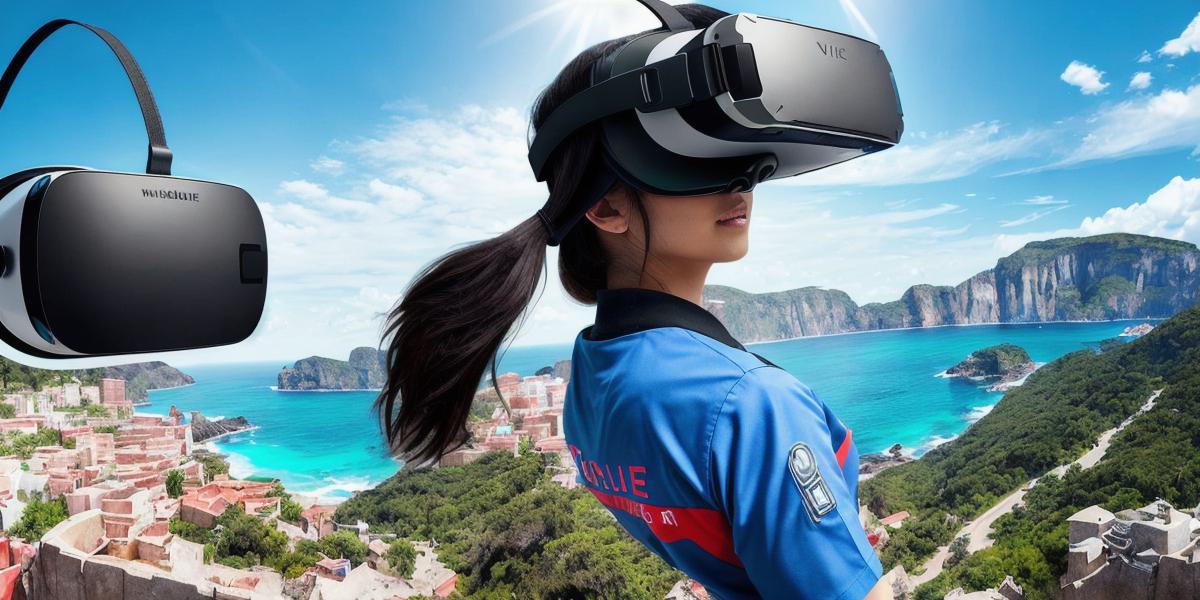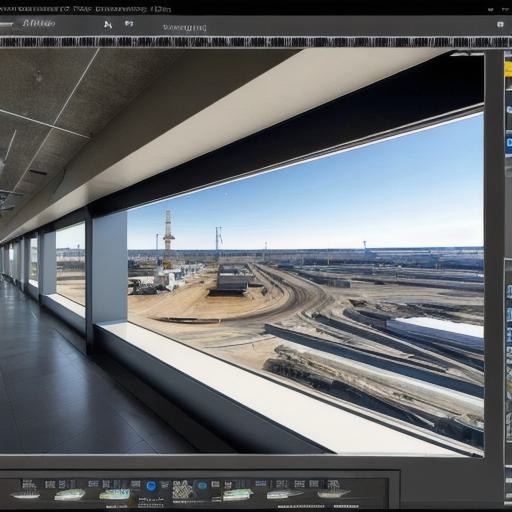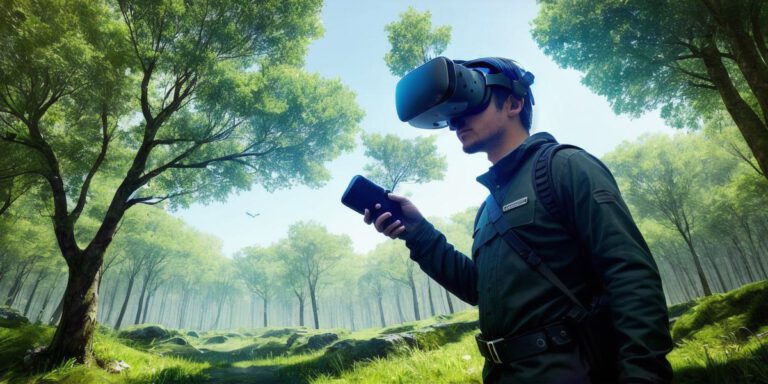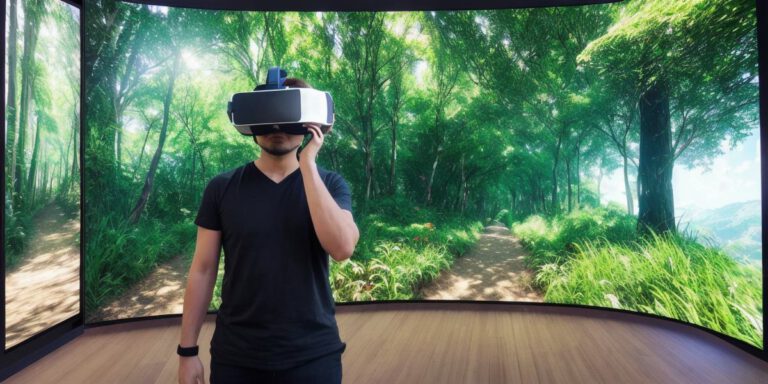Why VR is Gaining Massive Popularity and What It Means for the Future of Virtual Reality

Virtual reality (VR) technology has come a long way since its early days, with advancements in hardware and software making it possible for consumers to experience immersive, interactive virtual environments in ways never before thought possible. As VR continues to grow in popularity, it’s important for developers to understand the reasons behind this trend and what it means for the future of virtual reality. In this article, we will explore some of the key benefits of VR, examine its entertainment potential, and delve into the latest developments in this rapidly evolving field.
1. Benefits of Virtual Reality
Virtual reality technology offers a number of benefits that have contributed to its growing popularity. These include:
- Enhanced learning and training: VR provides an immersive environment that allows individuals to learn and practice new skills in a safe, controlled setting. This makes it particularly useful for industries such as healthcare, construction, and military, where mistakes can have serious consequences.
- Improved mental health: Studies have shown that virtual reality can be used to treat a variety of mental health conditions, including anxiety, depression, and PTSD. By simulating real-life situations, VR provides a safe space for individuals to confront their fears and work through difficult emotions.
- Increased empathy and understanding: Virtual reality can be used to create simulations that help individuals better understand the experiences of others. This can be particularly useful in areas such as education, where students can experience different cultures and perspectives in a virtual environment.
- Enhanced gaming experiences: Virtual reality technology provides an unprecedented level of immersion and interactivity, making it possible for gamers to fully immerse themselves in a game world like never before.
1. Entertainment Potential of Virtual Reality
Virtual reality technology has the potential to revolutionize the entertainment industry, offering new ways for consumers to experience music, movies, and games. Some examples include:

- Virtual concerts: Artists can use virtual reality technology to create immersive concert experiences that transport fans into a virtual stage where they can interact with the artist and other fans in real time.
- 360-degree movies: Virtual reality technology can be used to create movies that provide a 360-degree view of the action, allowing viewers to look around and experience the scene from any angle.
- Interactive games: Virtual reality games can offer a level of interactivity and immersion that is impossible in traditional gaming platforms. Players can explore virtual environments, interact with characters and objects, and even influence the outcome of the game.
1. Future Potential of Virtual Reality
Virtual reality technology is still in its early stages, but it has already shown significant potential for future developments. Some of the areas where virtual reality is likely to have a major impact include:
- Remote collaboration: Virtual reality can be used to create shared virtual environments where teams from different parts of the world can work together in real time, without the need for physical presence.
- Therapy and rehabilitation: Virtual reality technology has already been shown to be effective in treating mental health conditions, but it also has the potential to aid in physical therapy and rehabilitation by providing realistic simulations of real-world environments.
- Education: Virtual reality can be used to create immersive learning experiences that allow students to explore different cultures, historical events, and scientific concepts in a virtual environment.
- Tourism and travel: Virtual reality technology can be used to create virtual tours of popular destinations, allowing individuals to experience the sights and sounds of a location without actually being there.
- FAQs
Q: What is virtual reality?
A: Virtual reality is a technology that creates immersive, interactive experiences in simulated environments. It typically involves wearing a headset or other device that tracks the user’s movements and provides visual feedback based on those movements.
Q: How does virtual reality work?
A: Virtual reality works by presenting the user with a 3D environment that








